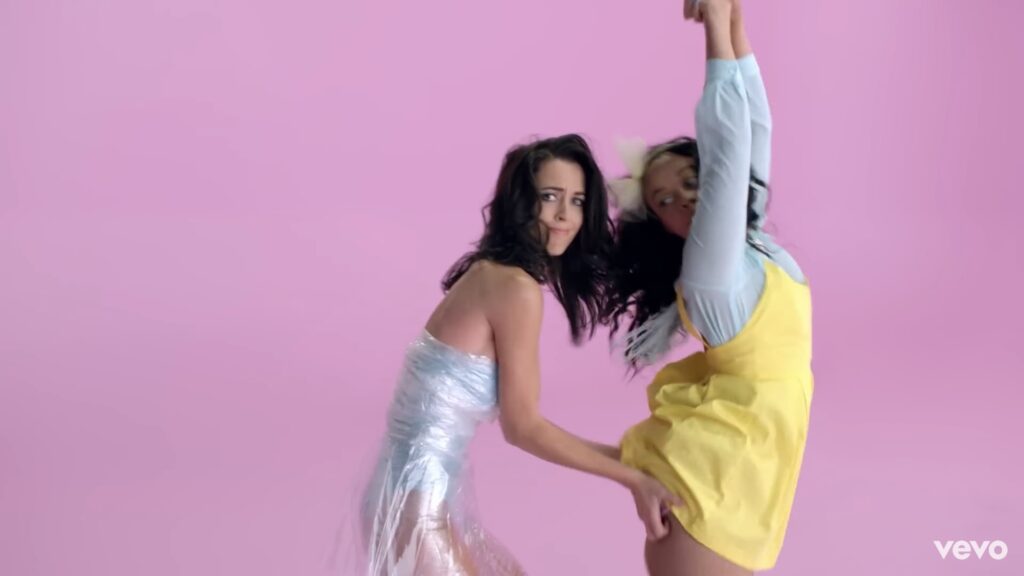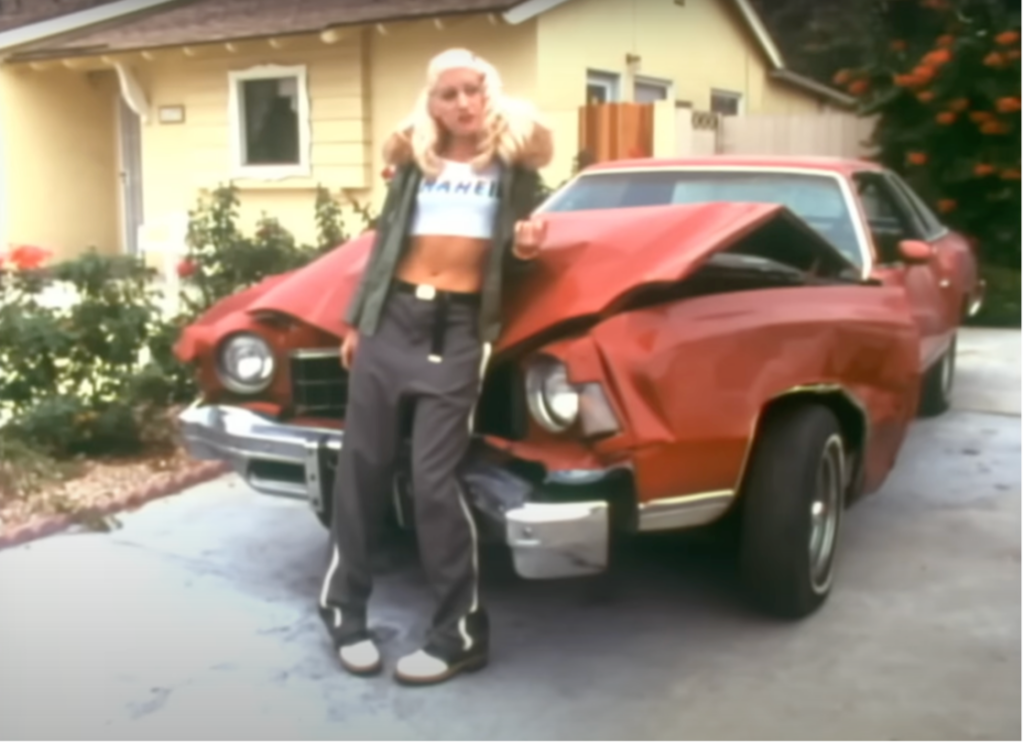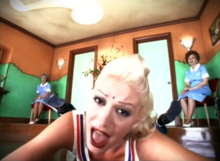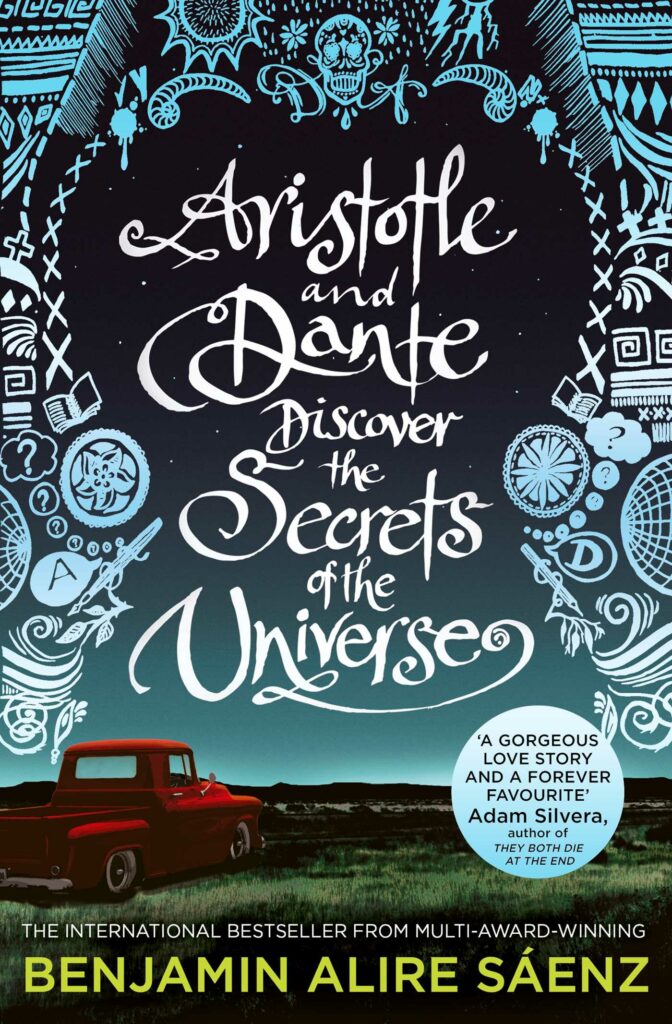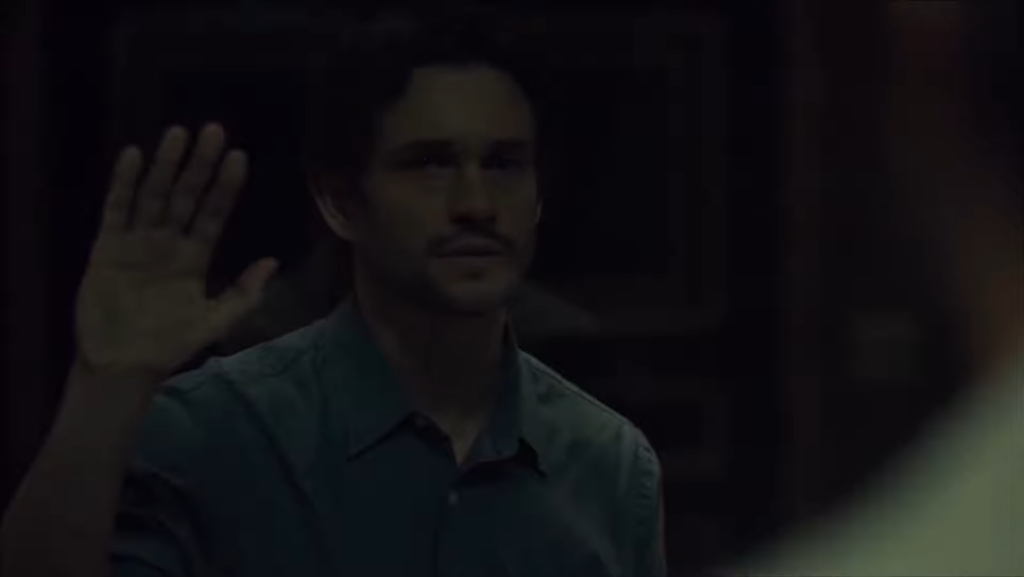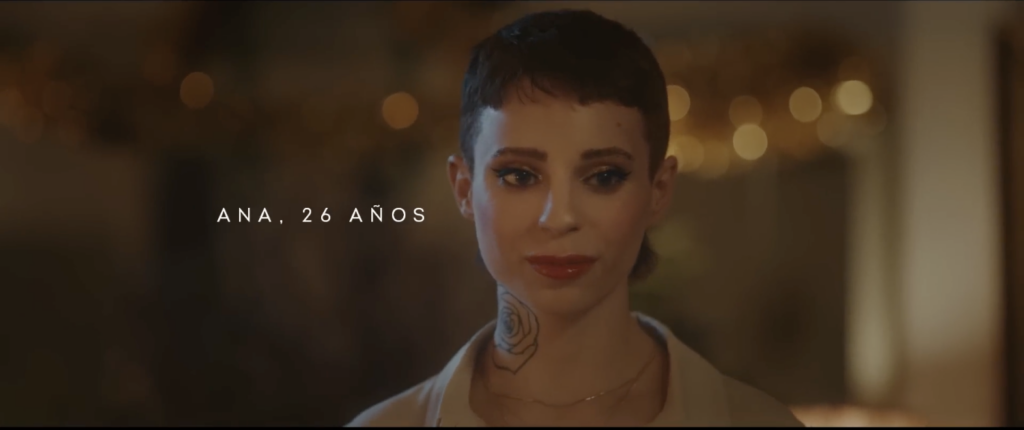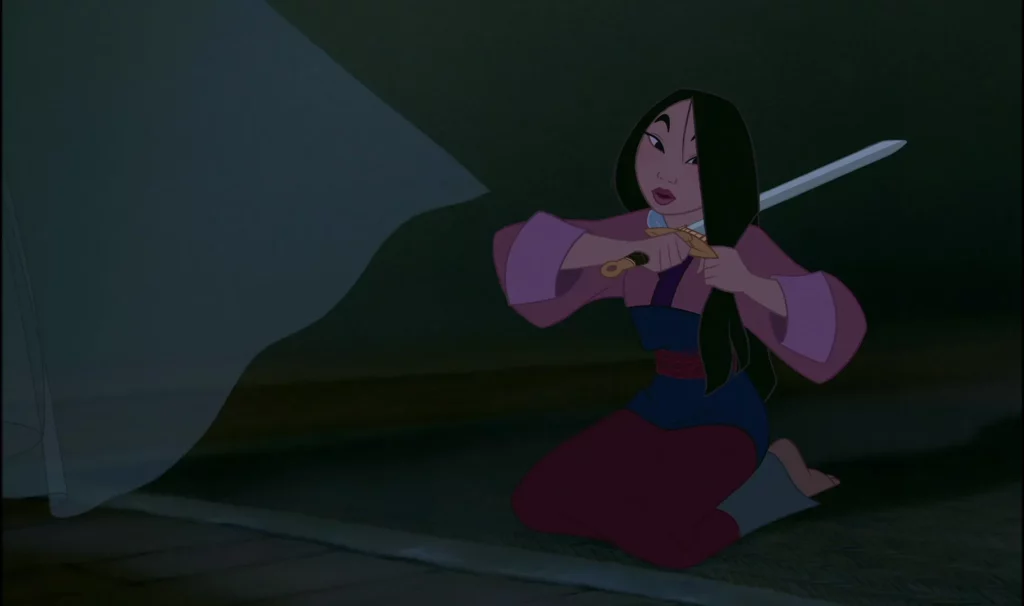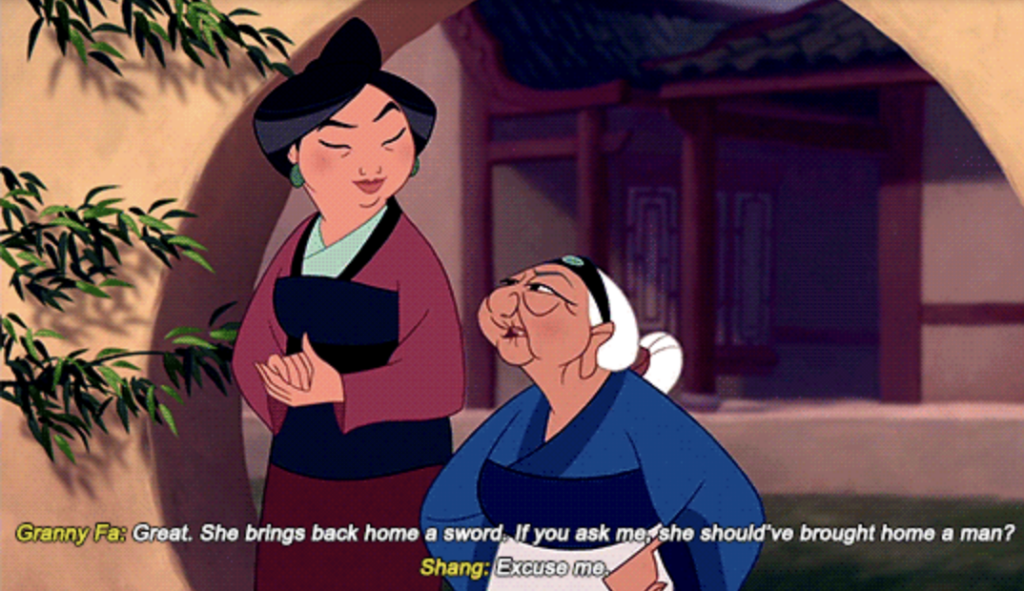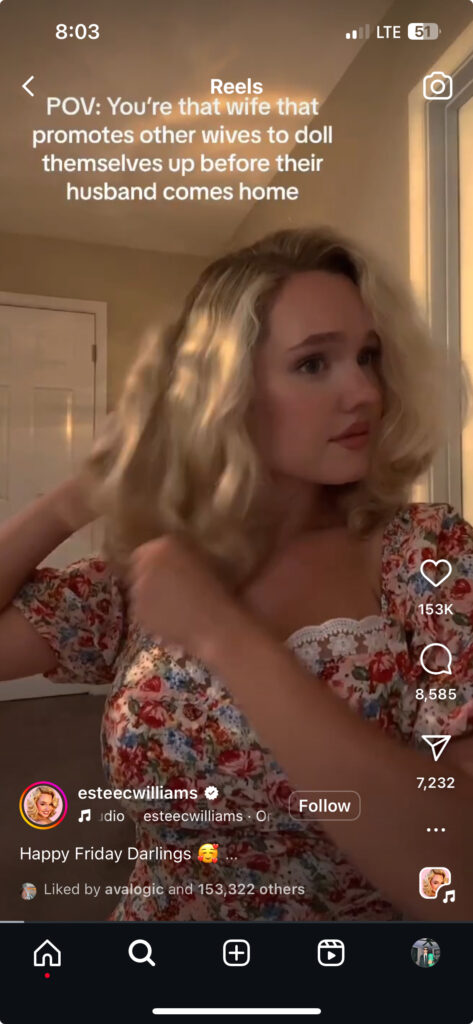Definition of terms (Commonly used terms for mainstream queer identities are not defined and assumed understood by the reader):
- Queer – Umbrella term for all non-normative expressions of gender and sexuality.
- Mspec – Shorthand for multisexuality, an umbrella term for any attraction to more than one gender.
- WLW – term for any romantic or sexual relationship between two women, regardless of sexuality. Vice versa for MLM.
- Cissexism – The assumption of cisgender sex and gender as the societal norm.
- Butch – Masculine presenting lesbian
A critique of queer gender identity and expression in The Magnus Archives:
The Magnus Archives is a horror anthology podcast, where each episode presents a statement of a supernatural encounter given to an organization called The Magnus Institute. The people giving the statement are referred to generally as statement givers. The central themes of the podcast revolve around power and complicity in institutionalized violence. This theme manifests in the majority of the cast, including the protagonist, becoming inhuman to some degree as they unintentionally or not work towards the goals of the eldritch gods of primal human fears. This context is relevant to my critique of the show, as the inhumanity of queer characters is not necessarily poor representation where it would be in other media, and likewise this aspect does not absolve the show of critique for its portrayal of queer characters.
The Magnus Archives is overall a show with a highly diverse cast, and has significantly more queer representation than its contemporaries. The main character, Jonathan Sims, is clearly stated in-text to be asexual and biromantic. Over the course of the show, a relationship develops between Jon and his coworker Martin, who is gay in-text. I put emphasis on the textual mention of these identities, because many modern media tend to leave queer relationships and gender expression sub-textual, which allows the fandom to dispute the canonicity of these identities. This can be seen in basically any trans woman in any media ever, and many modern depictions of lesbian pairings. This occurs even when the subtext is not subtle, and/or has been confirmed by the creators outside of the text. See for example, Celeste (Trans woman protagonist), or Gundam: Witch from mercury (Lesbian protagonist married to another woman).
In addition to the protagonist’s homoromantic relationship, the main cast consists of Tim, a bi man, Georgie, who is m-spec, Melanie, a lesbian woman in a relationship with Georgie, as well as Daisy and Bassira, who have no textual stated sexuality but are substantially in a relationship. There are no straight members of the main cast, and a wide variety of sexual expression. While this level of queer diversity is not uncommon in the audiodrama scene, it is exceptional when compared to modern non-audiodrama media, and likely still has above average representation among the very queer medium of audiodrama.
One may have noticed that every character mentioned as a member of the main cast is cisgender. While I give credit where credit is due, The Magnus Archives is not a perfect example of queer representation, and the majority of its issues center around the depiction of gender expression. I want to preface that the problems with The Magnus Archive’s representation of non-normative gender expression are a result of a cissexist society, and do not stem from any intentional bigotry on the part of the show’s creators. This does not make the issues any less relevant, but I don’t want it to seem like I am “canceling” Alex Newl and Jonathan Sims (Yes the protagonist and the show’s writer have the same name. Johnny is notoriously very bad at names).
As previously mentioned, the majority of the cast is or becomes inhuman, however, the representation of WLW or MLM relationships and queer sexuality is both prevalent among the protagonists and prevalent in characters that retain their humanity, like Georgie and Melanie, as well as many statement givers. Contrast this with representation of trans and gender non-conforming expression. All of the main cast is cis, and the only gender non-conforming character on the main cast is Daisy, who I will get into later. Of the trans and gender non-conforming representation, all that is present with The Magnus Archives are four major villains, two who are sub-textually trans, and two statement givers.
I will start by addressing the transgender characters, textual and sub-textual. Nikola Orsinov is the main villain of season 3. She is an inhuman clown-mannequin entity who attempts to bring upon an apocalyptic event called “The Unknowing”. Nikola went by the name Grimaldi, with he/him pronouns, before she “killed” him and assumed the identity of Nikola.
ORSINOV
Well, my father called me Nikola, and then I killed him, so I thought I rather deserved to have his second name too. Which makes me Nikola Orsinov. Pleased to meet you at last. (From: MAG097)
This is, likely unintentional, transgender subtext, and a reading of the text with trans coding for Nikola Orsinov is a very common interpretation within the fandom.
Next is Helen Richardson, or “The Distortion”. The Distortion is introduced in the show’s twenty sixth episode as an entity named Michael. It is a recurring antagonist that torments its victims by trapping them in non-euclidean architecture, and making them question their sanity. Michael is explicitly gender non-conforming, and asks to be referred to without gender identity.
MICHAEL
I am not a “who,” Archivist, I am a “what.” A “who” requires a degree of identity I can’t ever retain.
In episode 101, Michael permanently transforms into the woman Helen Richardson, and exclusively uses she/her pronouns (in contrast to Michael’s use of both he/him and it/its). Helen is later killed by Jonathan Sims. Again this is a character who can very easily be read as a transgender woman, especially given The Distortion’s insistence on specific names and pronouns relative to their gender expression.
Among gender non-conformance, Not!Them is an agender entity and another significant villain, and Jude Perry and Alice “Daisy” Tonner are both masculine presenting cis women. Jude Perry is also textually lesbian and Daisy is sub-textually WLW. Jude is a minor antagonist and Daisy is a main cast member who assists but is explicitly antagonistic towards the protagonists (As well as a cop).
There are two trans women statement givers out of the four hundred total statements, and both have their fates and suffering as a result of the transphobia, internal or external, that they experience.
“This is Maeve’s nightmare. There is no other word for it. To be trapped unmoving within the body that has betrayed her so often. Feeling every sensation as it grows, and warps, and sprouts. Never knowing what new mutation it will visit on her next. She is unable to even hide. There is no promise of the peaceful sleep of the innocent dead, nor the dream of digital escape from the hell her body has come. She is here, and she is trapped within the same soft prison of skin she has always despised.” (From: MAG 170)
“I’d held some ambitions about directing myself one day, but it soon became obvious that that wasn’t going to happen. Maybe if I’d got a feature under my belt before I was outed as trans, it might have been different, but as it was, that revelation burned too many bridges. And when the dust had settled, it was made abundantly clear to me that I was never going to get a movie of my own, and it was either cinematography, or nothing.” (From: MAG 110)
While it is not unusual for the statement givers to suffer, it is a horror podcast, Statement givers with queer sexualities are present in many statements without it being related to their misfortune.
Now that all the evidence is presented, my primary critique is the lack of non-antagonistic trans or gender non-conforming characters. I think the gender nonconformity of the show’s antagonists, or the queer-suffering of the trans statement givers, is fine in isolation. It’s only when compared with the multitude of human and not-evil cisgender characters with normative gender expression that these aspects become problematic. All the agender or non-binary characters being inhuman entities plays into existing tropes of alien or otherwise non-human non-binary representation in media. The two sub-textually transgender characters both evil and related to the two fear entities (“The Stranger” and “The Spiral”) centered around hiding one’s identity, deception, and tricking one’s perceptions, certainly play into the trope of the deceptive or predatory trans woman. The two trans women statement givers have their transness defined by their suffering, a common trope in media where queer representation tends to be centered around homophobia or transphobia, and there is no other textual reference to transgender people. Daisy and jude are both masculine women, a textual butch lesbian and sub-textual lesbian respectively, and they both are antagonistic. Jude is a leader in a cult centered around causing pain to others, and Daisy is associated with the fear god of “The Hunt”, the predator to one’s primal fear of being prey. This plays into tropes against masculine and butch women being depicted as aggressive in media, which is certainly the case here, and the characters also play into tropes of the predatory lesbian. While a harmful or toxic WLW relationship is fine to depict, again The Magnus Archive’s issue is having the masculine lesbians make up the aggressive and toxic partner in every toxic WLW pairing represented in the show.
These problems are significant but easy to solve. It’s likely that if the creators of The Magnus Archives had been more cognizant of their cissexist normative worldview, and of harmful tropes in trans and gender non-conforming character representation, these issues could have been avoided. Jonathan Sims has addressed the criticism towards Daisy’s character in the Q&A bonus episodes, and has stated that he would have written her differently if he had the chance to redo the show. Everybody is influenced by the culture that they exist within. Cissexist and transphobic ideology permeates societal institutions and cultural thought. Trans people often need to deal with internalization of these norms, and it takes active effort to avoid writing your story through the lens of dominant cultural ideals.
It is clear that the creators of The Magnus Archives have taken an effort to address the issues with representation of queer gender identity and expression in the sequel series, The Magnus Protocol, which features a textually transgender character as the deuteragonist, and has already featured several trans and gender non-conforming statement givers in it’s currently thirty published episodes. Overall The Magnus Archives, despite its flaws, has some of the best queer representation in today’s media. It’s important to celebrate the strides that western anglophone cultures have made in the representation of queer characters, while acknowledging the work that still needs to be done to fully represent the diversity of human expression of gender and sexuality.

